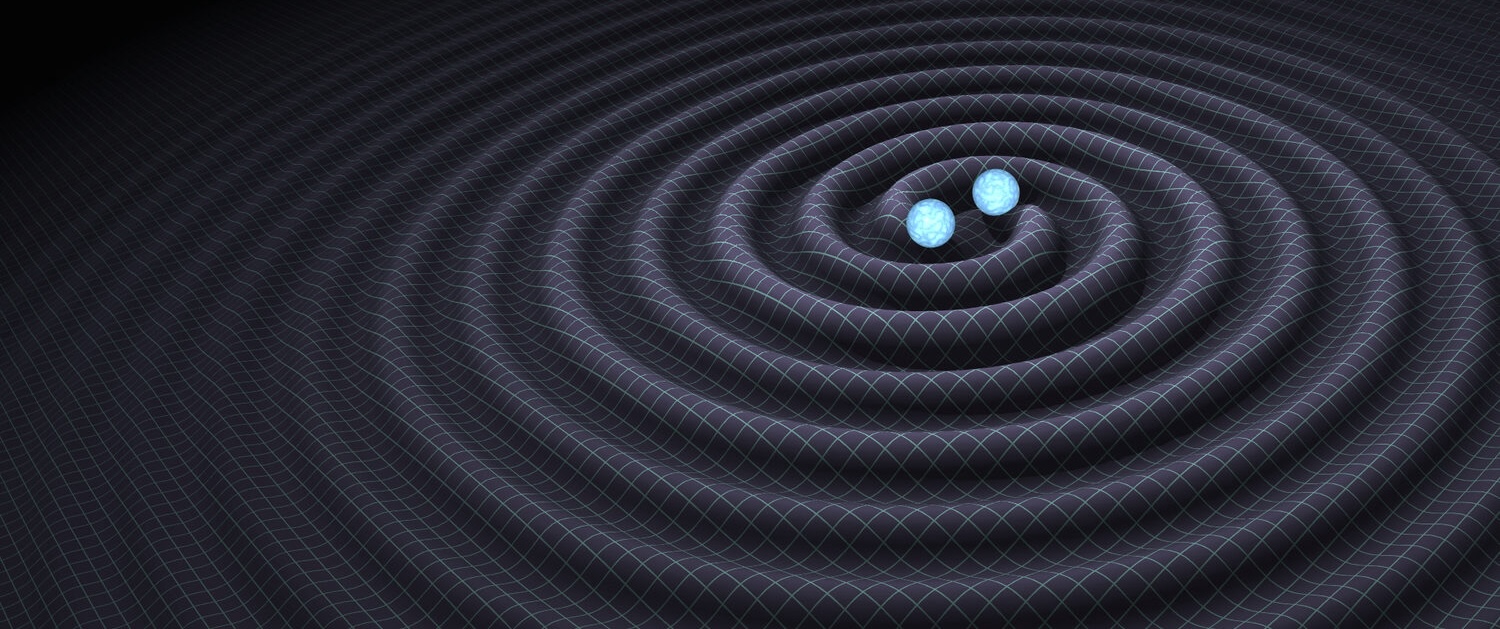
The LIGO Scientific Collaboration (LSC) is a group of scientists who work together on the direct detection of gravitational waves and use them to explore the fundamental physics of gravity. We’re also developing the emerging field of gravitational wave science. We do this by developing, commissioning, and operating existing gravitational wave detectors.
Our gravitational wave detectors are located in Hanford, Washington, and Livingston, Louisiana, and also at the GEO600 detector in Hannover, Germany. We focus on three main things: studying data from LIGO and GEO to find gravitational waves from space, making sure our detectors work well, and planning for even bigger gravitational wave detectors in the future.
Founded in 1997, the LSC is currently made up of more than 1000 scientists from over 100 institutions and 18 countries worldwide. Find one near you!

